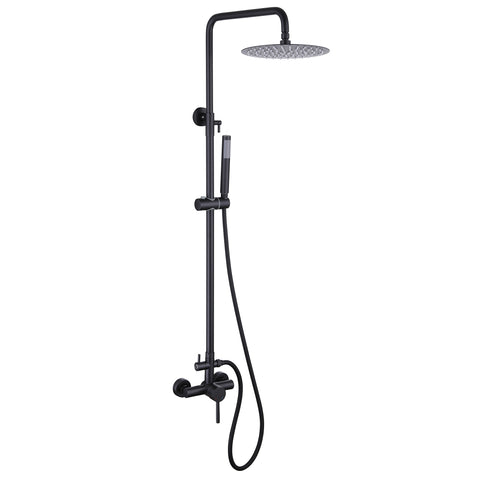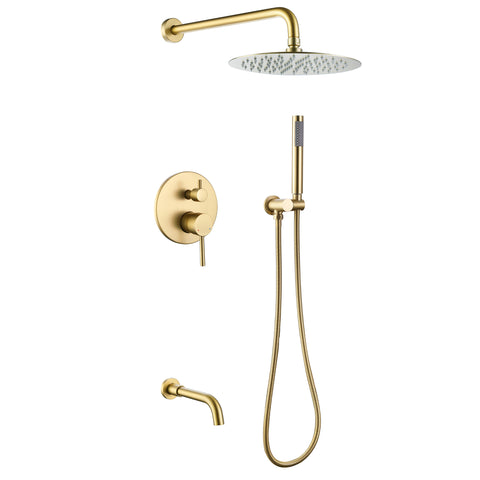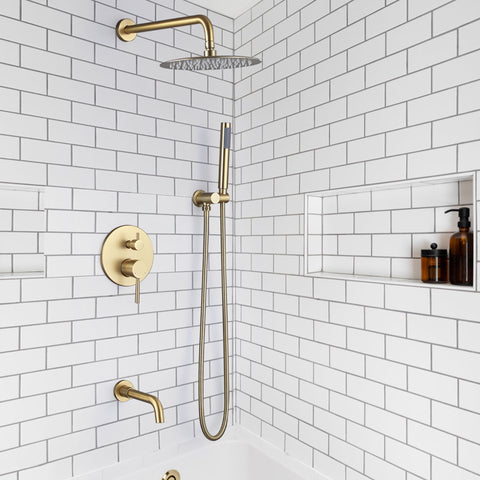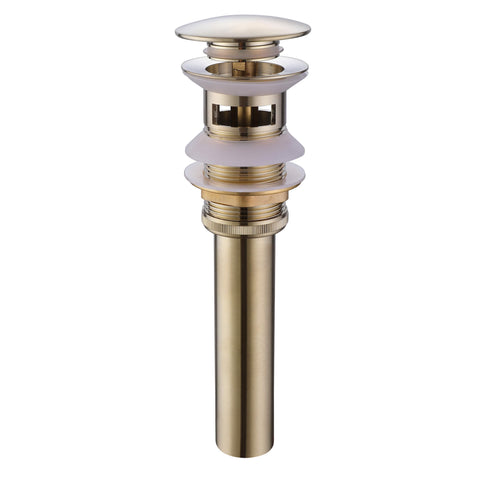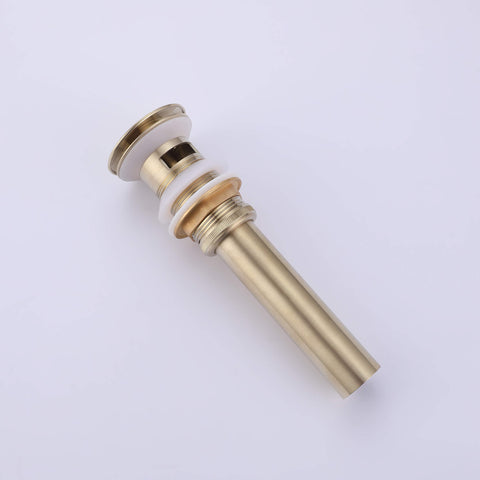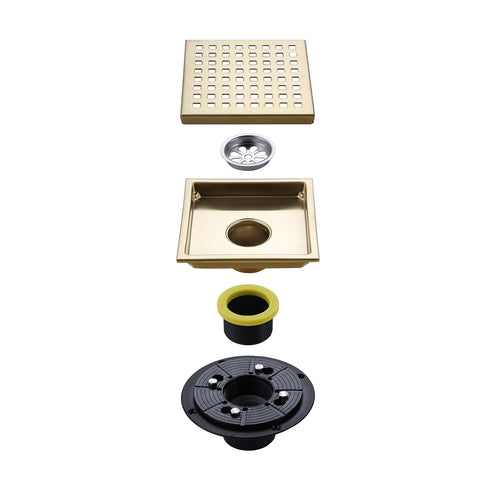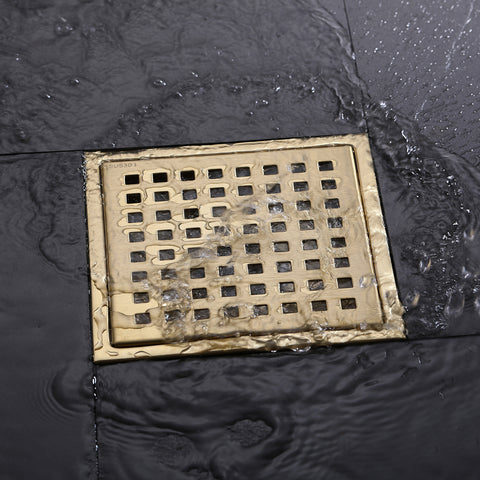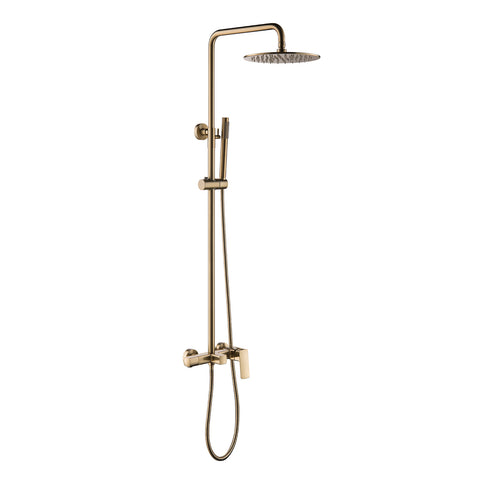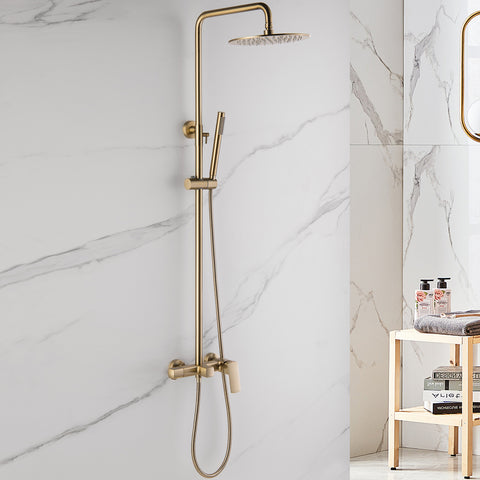Why Is My Faucet Water Flow So Slow? Causes and Fixes
Have you ever turned on your faucet expecting a strong stream of water, only to be greeted with a feeble trickle? If this has happened to you, you're not alone. The frustrating experience of slow water flow can make simple tasks like washing dishes or filling a glass feel like an eternity. But fear not! In this blog post, we'll explore some common reasons behind this issue and provide practical solutions to restore normal water flow in your home.
1. Clogged Faucet Aerator
One of the most common culprits for slow water flow is a clogged faucet aerator. Over time, mineral deposits, dirt, and debris can accumulate in the aerator, obstructing the flow of water. This issue can be easily resolved: simply remove the aerator from the tip of the faucet, clean it thoroughly with a brush and vinegar solution, then reattach it. You'll be amazed at how much of a difference this simple maintenance task can make!
2. Water Pressure Problems
Another possible cause of slow water flow is inadequate water pressure. Low water pressure can stem from a malfunctioning pressure regulator, a closed supply valve, or issues with your municipal water supply. Start by checking water flow in other taps. If all show similar problems, the issue may be outside your home, and you should contact your water provider. If only one faucet is affected, it’s likely an internal issue that can be fixed by adjusting the pressure regulator or supply valves.
3. Pipe Blockages or Leaks
Sometimes, slow water flow is caused by blockages or leaks somewhere in your home’s plumbing. Mineral deposits, rust, or debris can build up inside pipes, obstructing water flow, while leaks can reduce pressure. If you suspect a blockage or leak, it’s best to call a professional plumber who can locate and resolve the issue effectively.
4. Corroded Plumbing
Older homes often have galvanized iron pipes, which can corrode over time. Corrosion leads to reduced flow due to rust and sediment buildup. If you suspect corroded plumbing, contact a plumber to evaluate your pipes. Replacing old pipes with copper or PEX can greatly improve water flow and prevent future problems.
Conclusion
Slow water flow can be frustrating, but with a little investigation and some simple maintenance, you can restore a strong and steady stream. Clean or replace the faucet aerator, check for water pressure issues, and inspect for blockages or leaks. If needed, call a professional plumber for expert help. Acting quickly will keep your daily routines smooth and hassle-free — and let you enjoy the full force of refreshing water once again!
